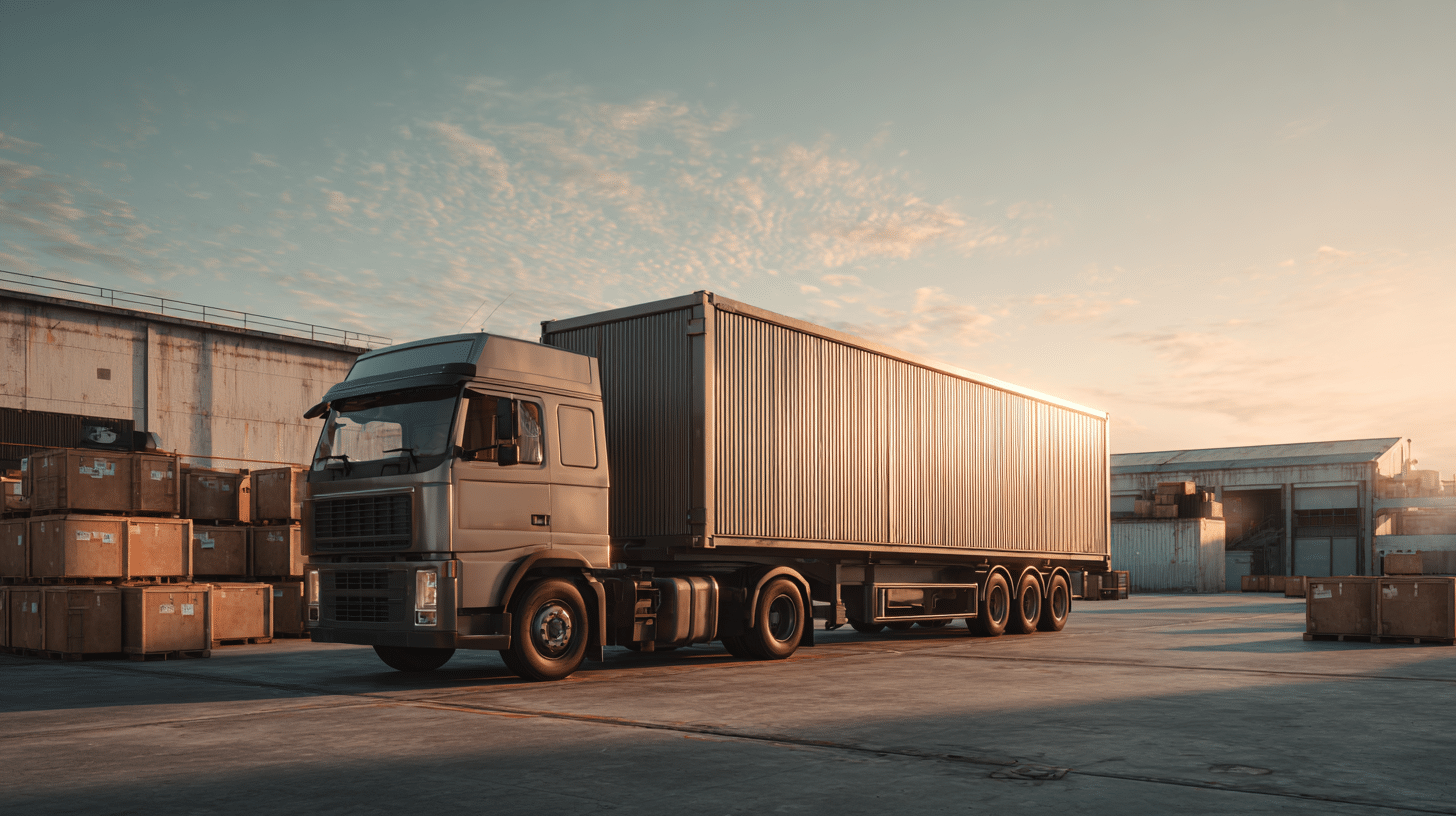Have you ever wondered how your favorite snack makes it to the store or how a package finds its way to your door? I’ve asked myself that many times.
That’s where transportation logistics comes in. It’s the system that keeps everything moving, from trucks on highways to ships crossing oceans.
As I learned more, I realized how much it shapes our daily lives. It connects people, products, and places in ways we don’t always notice.
I’m excited to share what I’ve learned about transportation logistics with you.
Why Transportation Logistics Matters
Transportation logistics is the backbone of the supply chain, keeping goods moving from factories and warehouses to stores and homes.
It connects businesses with customers, supports trade, and ensures products arrive quickly and safely. Beyond that, it fuels economic growth, creates jobs, and supports industries like retail, healthcare, and energy.
By moving goods efficiently, it also helps stabilize prices and keeps everyday life running smoothly.
Without transportation logistics, products would face delays, supply chains would struggle, and the world wouldn’t stay as connected as it is today.
Transportation and Logistics
Transportation is often confused with logistics, but they are different. Transportation is a key component of the broader logistics process.
| Aspect | Transportation | Logistics |
|---|---|---|
| Definition | Moving goods from one place to another | Managing the entire supply chain, from storage to delivery |
| Scope | Focuses only on movement | Covers planning, storage, inventory, packaging, and transport |
| Key Role | Ensures goods reach their destination | Ensures goods are managed, stored, and delivered efficiently |
| Methods | Road, rail, air, sea, pipeline | Uses transportation plus warehousing, distribution, and planning |
| Goal | Deliver products safely and on time | Optimize the whole process to save time and cost |
Transportation is the “movement,” while logistics is the “management.” Together, they make sure goods move smoothly from the origin to the customer.
Key Functions of Transportation Logistics
Transportation logistics isn’t just about moving goods. It involves several important functions that ensure efficiency and reliability:
- Transportation Management: Involves planning and optimizing the best routes, carriers, and transport modes to save time and reduce costs.
- Warehousing: Provides secure storage for goods until they’re ready to ship, ensuring inventory is protected and accessible when needed.
- Freight Forwarding: Coordinates shipments across different carriers and countries, handling paperwork, customs, and smooth cross-border movement.
- Risk Management: Anticipates and responds to challenges such as delays, accidents, theft, or weather disruptions to keep deliveries on track.
- Technology Integration: Uses GPS, AI, and tracking systems to monitor shipments in real time, improve visibility, and streamline operations.
Together, these functions maintain a reliable, cost-effective supply chain that supports both businesses and customers.
Main Types of Transportation in Logistics
Transportation logistics uses different methods to move goods safely and on time. Each type plays a distinct role in maintaining the operation of the supply chain. Let’s understand the types of transportation in logistics:
1. Road Transportation
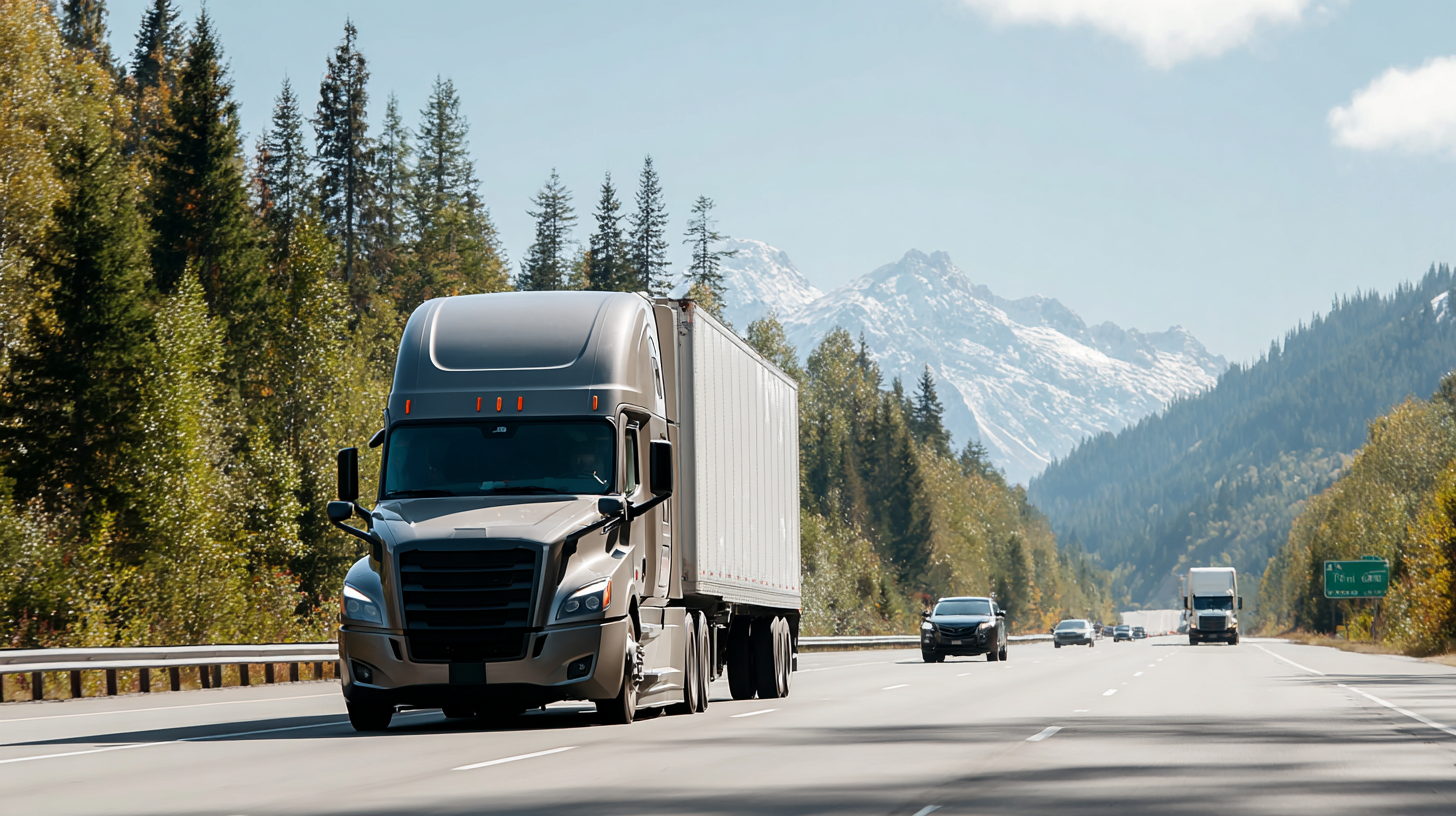
Road transportation is the most common method for moving goods in logistics. Trucks and vans carry products from warehouses to stores and homes.
It is flexible, works well for short to medium distances, and supports quick local deliveries. Road transport also provides door-to-door service and easy access to both urban and rural areas.
It is often the first and last step in the supply chain, making it an essential part of almost every delivery process.
2. Rail Transportation

Rail transportation is often used for heavy loads over long distances. Trains can transport bulk goods, such as coal, steel, and grain, across regions.
It is more cost-effective than road transport for large shipments and is reliable due to its fixed schedules. Rail also reduces road congestion and has a lower environmental impact compared to trucks.
It plays a vital role in connecting ports, factories, and inland cities for smooth bulk movement.
3. Air Transportation
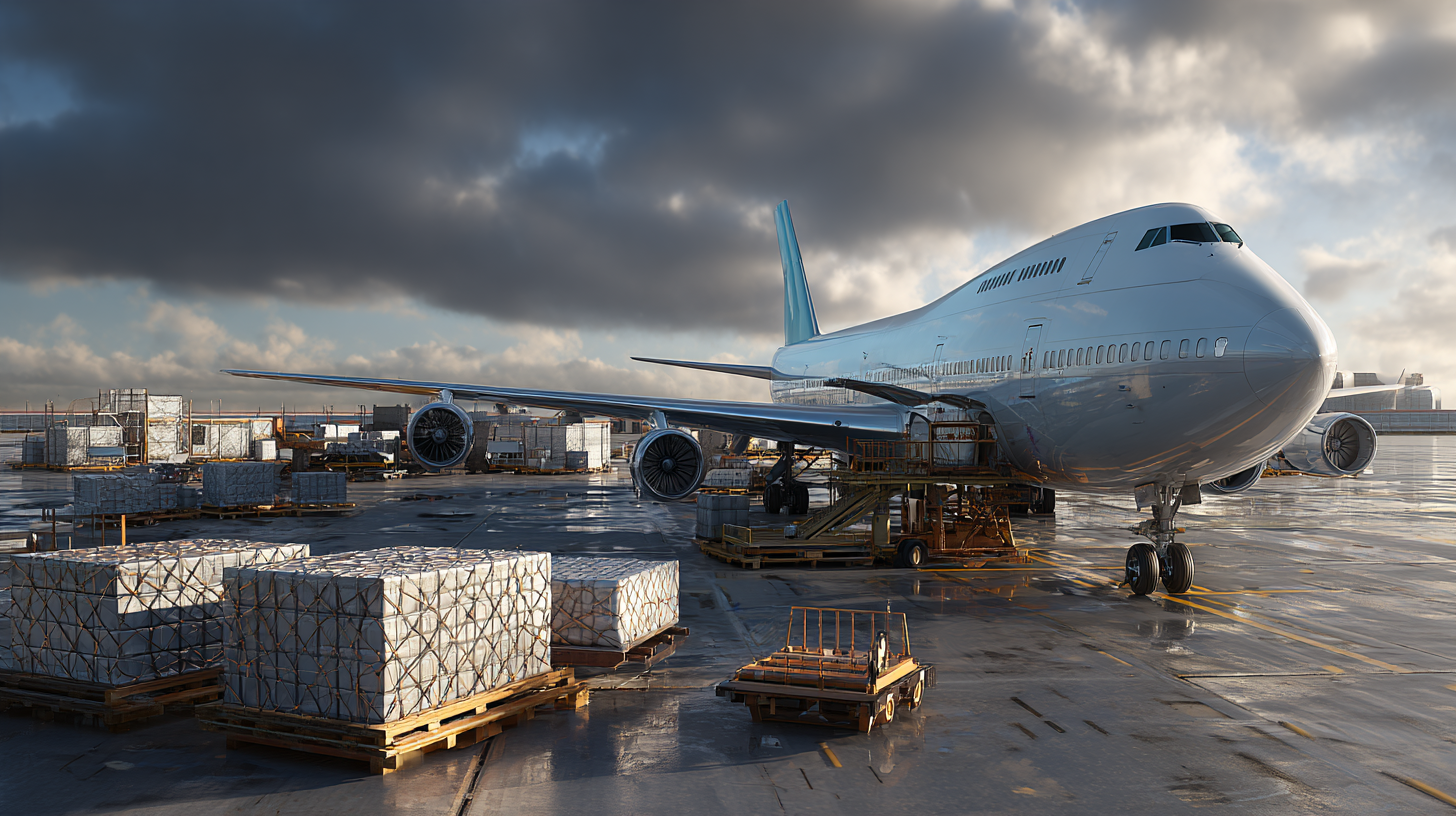
Air transportation is the fastest method. Planes deliver goods across countries and continents within hours.
It works best for urgent deliveries, fresh food, or high-value products that need speed. Though more expensive, it offers unmatched reliability for meeting tight deadlines.
Air transport is also vital for global e-commerce and the timely delivery of medical supplies.
4. Sea Transportation
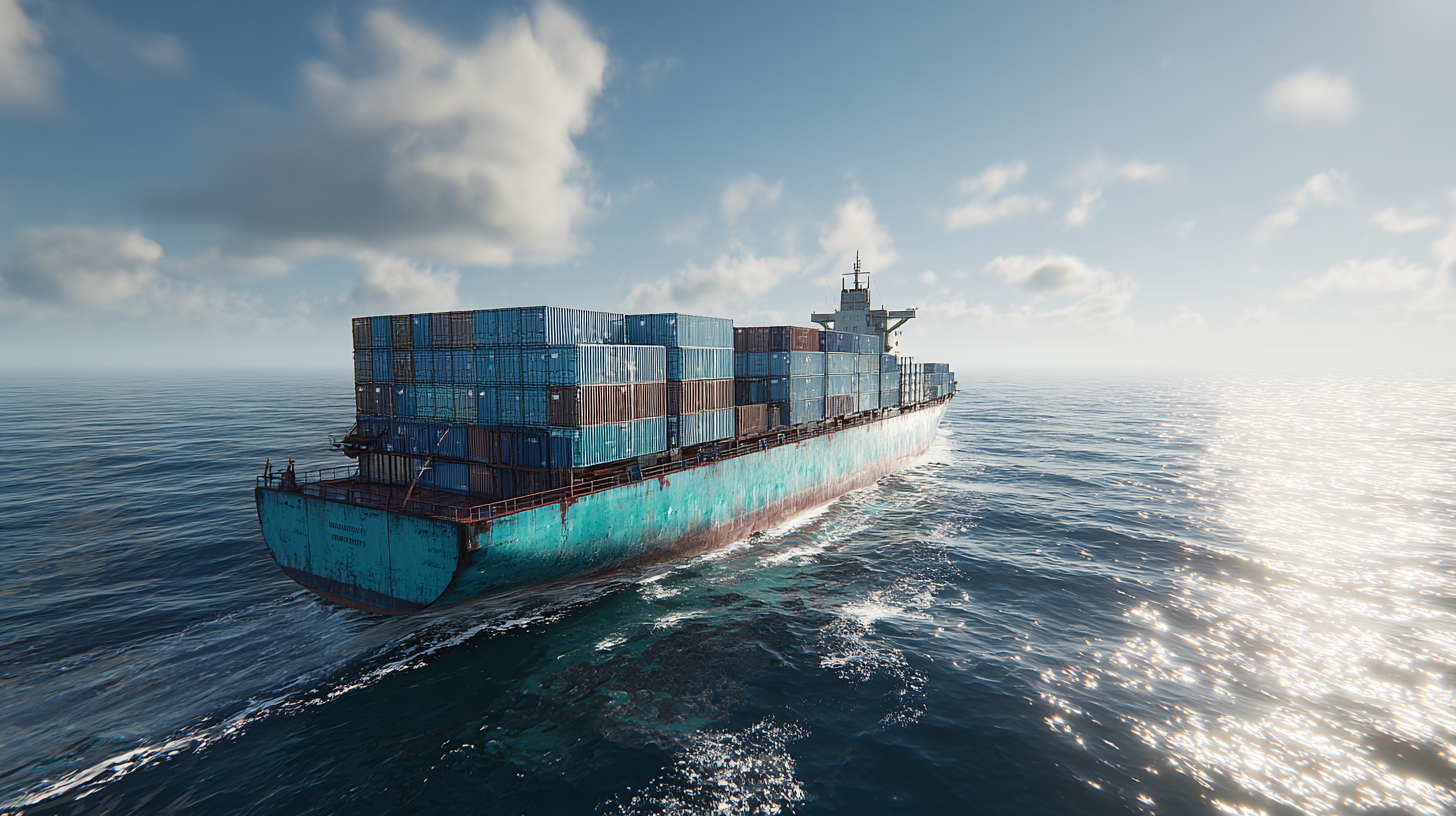
Sea transportation is the backbone of international trade. Ships carry cars, machinery, and large containers across oceans at lower costs.
It is cost-effective for bulky and heavy loads, but usually takes more time compared to air or road transport. Sea routes handle most of the world’s trade and are essential for connecting countries across continents.
Container shipping also supports massive volumes that no other method can match.
5. Pipeline Transportation
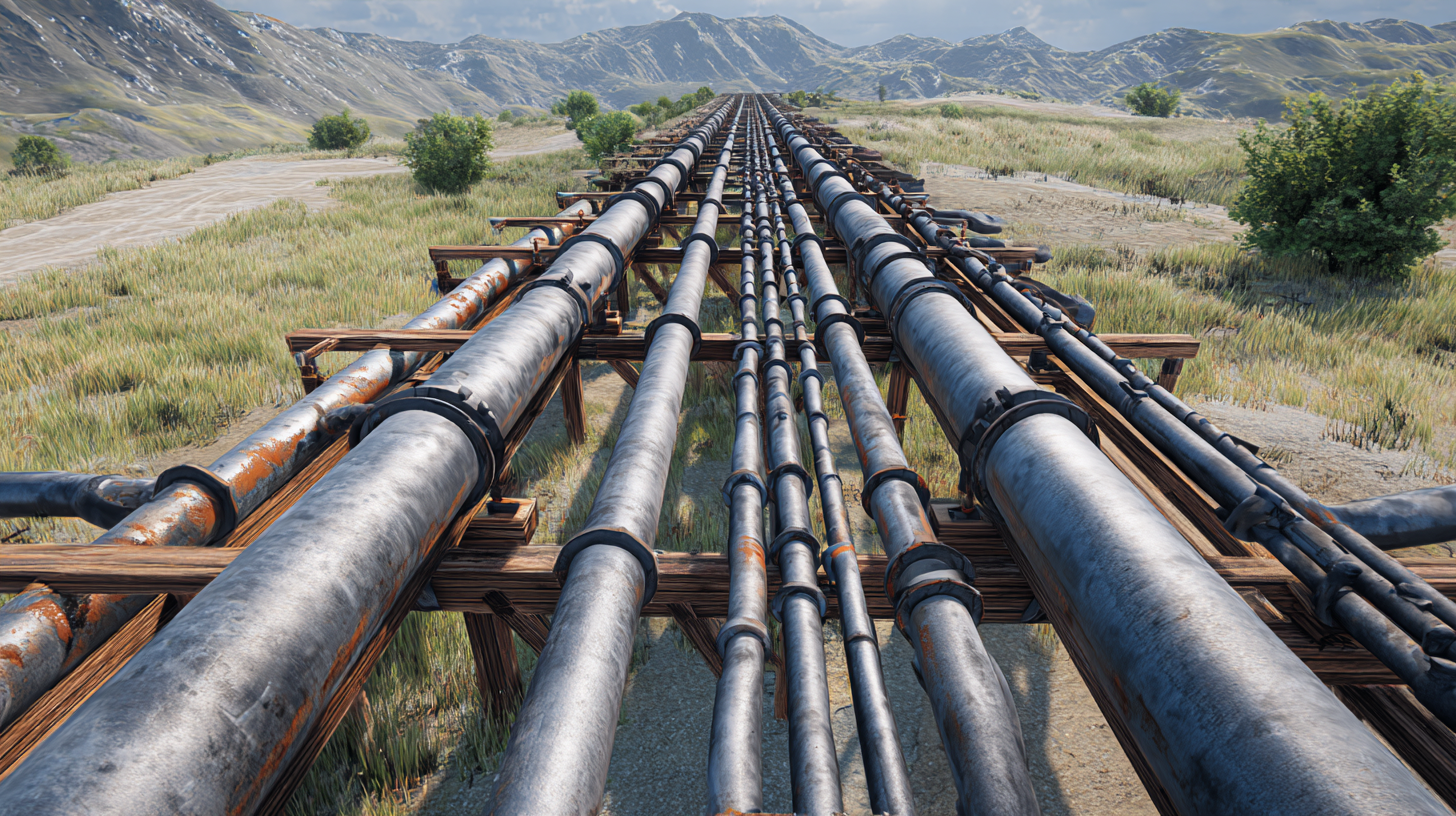
Pipeline transportation is mainly used for moving liquids and gases through underground systems. It is common for oil, natural gas, and water supplies.
Pipelines are safe, cost-effective, and efficient, though they are limited to certain types of products. They run nonstop, which ensures a steady supply without delays from traffic or weather.
Pipelines also help reduce the need for trucks or ships in energy logistics.
Choosing the Right Method
Businesses select transportation methods based on cost, speed, and the type of product being shipped. Some goods need fast delivery, while others require affordable options.
| Method | Best Use |
|---|---|
| Road | Local and flexible deliveries |
| Rail | Heavy goods over long distances |
| Air | Urgent or high-value shipments |
| Sea | Bulky goods and international trade |
| Pipeline | Oil, gas, and water transport |
Often, companies combine more than one method, known as multi-modal transport. This ensures smoother, faster, and more reliable delivery for their needs.
Daily-Life Cases Where Transportation Logistics Shows Up
Transportation logistics is part of our everyday lives, even if we don’t always notice it. From food to fuel, it keeps the world around us running.
- Online Shopping: Vans delivers customer orders right to homes.
- Fresh Food: Airplanes fly fruits and vegetables from other countries.
- Heavy Machines: Ships carry cars, tools, and big equipment across oceans.
- Bulk Goods: Trains move coal, steel, and grain over long distances.
- Energy Supply: Pipelines send oil and gas to fuel stations.
These examples show how transportation and its logistics support daily needs. It quietly works in the background to keep life simple and connected.
Benefits for Businesses
Transportation logistics is not just about moving goods; it also creates real business value.
Cost Efficiency: Choosing the right method saves money on shipping.
Customer Satisfaction: Faster deliveries build trust with customers.
Competitive Advantage: Companies with strong logistics stay ahead in the market.
Global Reach: Businesses can expand worldwide with reliable logistics.
This is why successful companies invest heavily in logistics planning.
Challenges in Transportation Logistics
It is powerful, but it also faces many real-life problems. These challenges can slow down deliveries and raise costs.
- Traffic Delays: Busy roads often slow trucks and vans, causing late deliveries.
- Fuel Costs: Higher fuel prices result in increased shipping costs for businesses and their customers.
- Weather Issues: Storms, snow, and floods can stop or delay transport routes.
- Safety Risks: Accidents or theft can damage goods and affect delivery times.
- Environmental Impact: Transportation creates pollution, adding pressure on the environment.
- Port Congestion: Ships frequently wait for days at crowded ports, resulting in delayed goods.
- Driver Shortage: A shortage of truck drivers means slower deliveries and higher costs.
- Regulations: Different countries and states have rules that complicate shipping.
- Maintenance Problems: Breakdowns in trucks, trains, or ships can stop deliveries.
- Rising Demand: Online shopping creates pressure for faster and more cost-effective transportation.
These challenges demonstrate that the transportation process is not always smooth. Overcoming them is key to maintaining a strong and reliable global trade.
The Future of Transportation in Logistics
Transportation logistics is changing fast with new technology, and the future will focus on speed, safety, and sustainability.
Electric trucks are being tested to reduce fuel costs, while small delivery drones will soon deliver packages more quickly in both urban and remote areas.
Self-driving vehicles, such as driverless trucks and vans, may help reduce labor shortages and accidents.
Green shipping powered by cleaner fuels will reduce pollution in global trade, and high-speed rail will significantly accelerate the movement of goods across regions.
Smart tracking, utilizing GPS and AI, will provide real-time updates, while urban warehouses located near cities will facilitate faster same-day delivery.
Automation with robots in ports and warehouses will also make loading, unloading, and management much more efficient.
The future of this looks exciting and promises to make global trade smarter, more ecological, cost-effective, and reliable for everyone.
Conclusion
Transportation logistics is what keeps global trade moving smoothly, connecting factories, warehouses, and customers with efficiency.
It ensures that goods move safely, supports business growth, and adapts to challenges like demand spikes or regulatory changes.
With technology reshaping delivery through automation, smart tracking, and greener solutions, transportation logistics is no longer just a support system; it’s a strategic advantage.
Businesses that prioritize strong logistics can save money, satisfy customers, and stay competitive in a fast-changing world.
If you found this helpful, read my other blogs for more insights into supply chain and logistics strategies.

